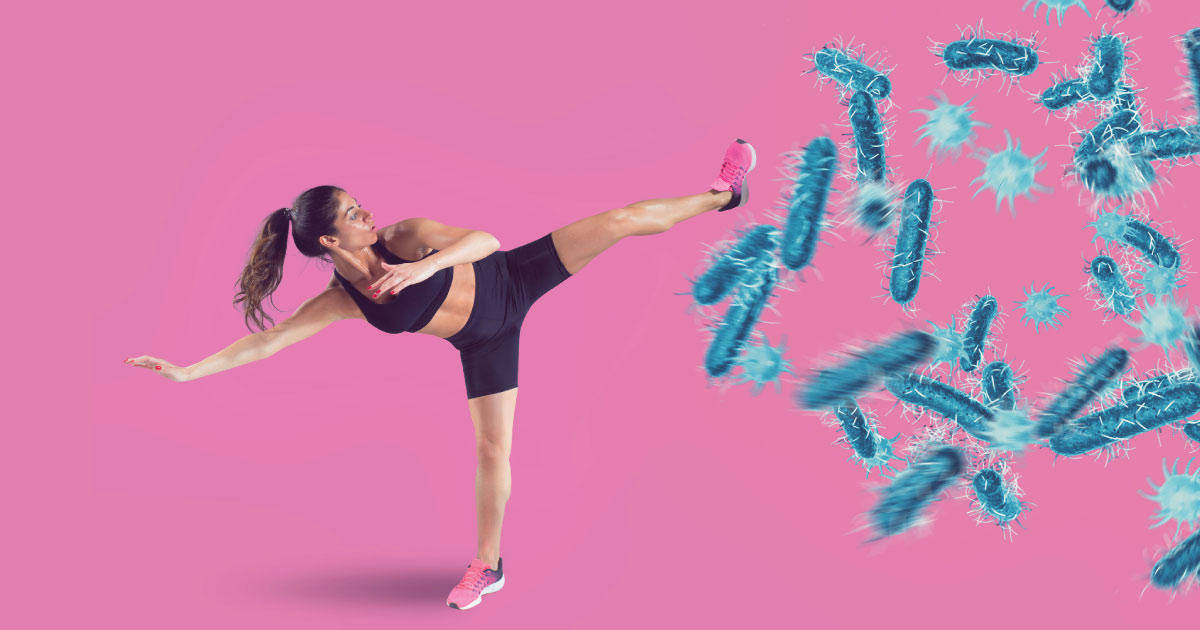
5 Ways We Can Keep Your Immune System Strong
December 10, 2025/by Kaplan Center
Want to Take Your Workout to the Next Level Next Year? These Tips Can Help
December 8, 2025/by Kaplan Center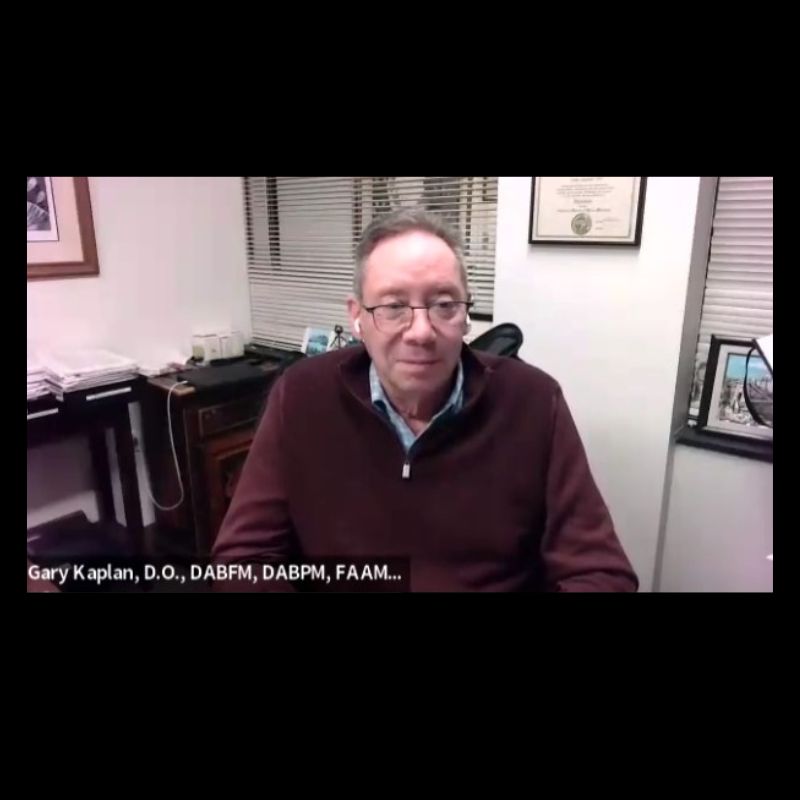
Dr. Kaplan’s Dos and Don’ts of the Holiday Season
December 3, 2025/by Kaplan Center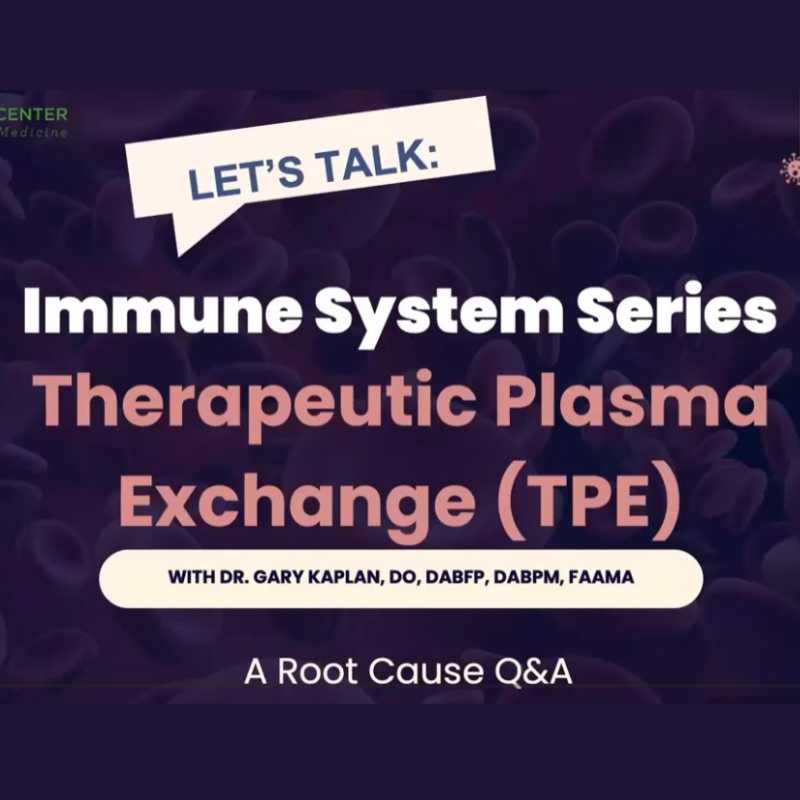
Let’s Talk Webinar – A Root Cause Q&A
December 2, 2025/by Kaplan Center
Navigating Holiday Meals with Gut Issues: Simple Tips for a Comfortable Season
December 1, 2025/by Chardonée Donald, MS, CBHS, CHN, CNS, LDN
Craniosacral Therapy for TMJ | Say Goodbye to the Daily Grind
November 19, 2025/by Patricia Alomar, M.S., P.T.
From Compassionate Care to Personal Healing: A Letter to My Patients
November 18, 2025/by Kaplan Center
8 Steps to a Healthier Gut—and a Longer, Healthier Life
November 18, 2025/by Kaplan Center
Mid-Life Irritability & Fatigue Improved by Hormonal Balancing
November 13, 2025/by Lisa Lilienfield, MD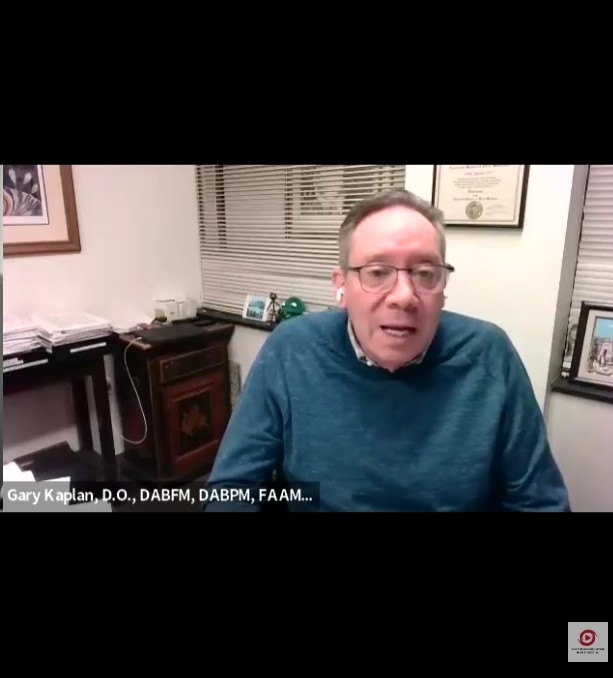
From Challenges to Change: Dr. Kaplan on Healthcare’s Biggest Challenges
October 29, 2025/by Kaplan Center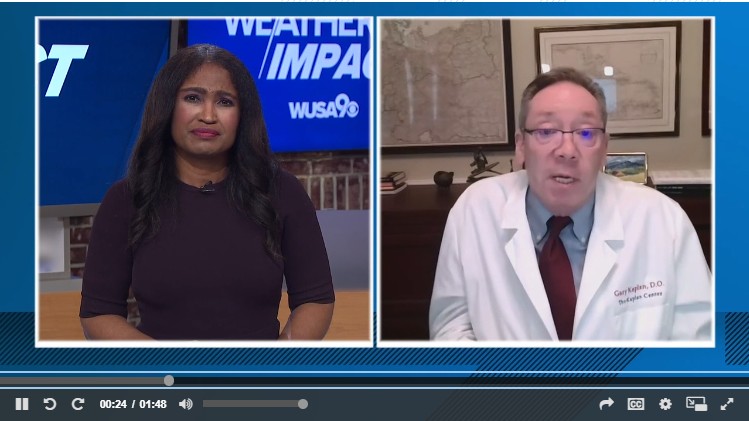
Overlooked Dangers of Mold Exposure and How to Stay Safe – Dr. Kaplan Talks to WUSA9
October 27, 2025/by Kaplan Center
Let’s ‘Fall’ Into Wellness: A Nutritionist-Approved Immune-Boosting Recipe for Cold and Flu Season
October 13, 2025/by Chardonée Donald, MS, CBHS, CHN, CNS, LDN
PANS/PANDAS – When Sudden Symptoms Signal Something More
October 9, 2025/by Kaplan Center
Beating Burnout, A Nutritionist’s Perspective
October 1, 2025/by Chardonée Donald, MS, CBHS, CHN, CNS, LDN
3 Things That Can Happen After Stopping GLP-1s
September 11, 2025/by Chardonée Donald, MS, CBHS, CHN, CNS, LDN
What Families Need to Know About COVID and Flu Season
September 3, 2025/by Kaplan Center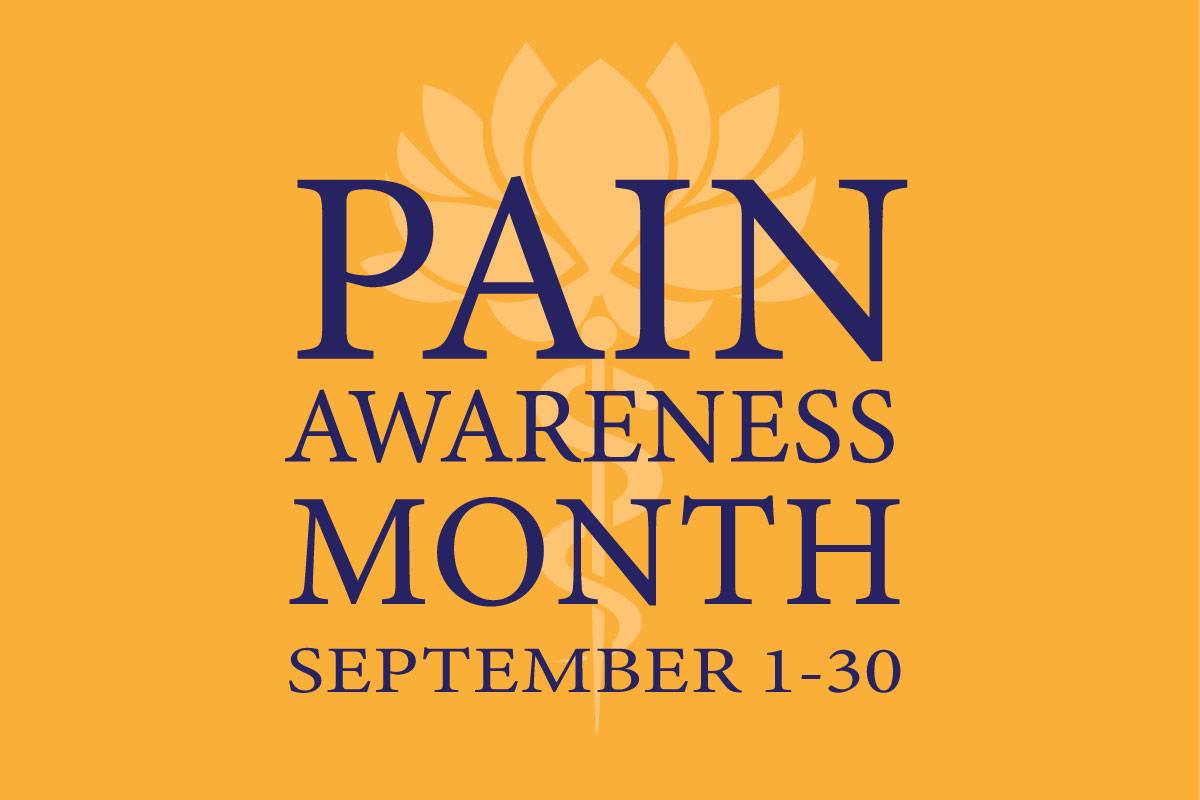
September is Pain Awareness Month
September 1, 2025/by Kaplan Center
Dr. Kaplan Spoke to Northern Virginia Magazine About COVID, Flu, and Immunity — Here’s What You Should Know
August 14, 2025/by Kaplan Center
“Why Do I Feel Like Crap?”: The Overlap Between Long COVID and Perimenopause
July 30, 2025/by Kaplan Center
Why People Are Turning to EMDR (and Why You Might Want to Too)
July 23, 2025/by Kaplan CenterAre you looking to improve your overall wellness?
Personalized care you can trust.
Our integrative, non-surgical treatment approach is highly successful in maintaining wellness and also treating chronic pain and illness. For more than 30 years, we have delivered superior, cutting-edge health care in the Washington, DC area.
QuickLinks
Contact Information
Tel: 703-532-4892
Fax: 703-237-3105
6829 Elm Street, Suite 300
McLean, Virginia 22101
Map It
Hours of Operation
Mon – Thu : 8 am – 5 pm, ET
Fri : 8 am – 12 pm, ET
Return to the Heart
/in Treatments, Wellness/by Kaplan CenterHow to Avoid Blood Clots and Other Circulatory Health Problems While Flying
Recently, I flew from Colon, Panama, to Dallas, Texas, and then home to Dulles, Virginia – a total of 7 hours on planes. Wow, were my arms tired!
Actually, it wasn’t really my arms that were bothering me at the end of that flight. It was my feet, ankles, and lower legs. They were sore, and they had swelled up so much that they scared me. This had never happened to me before. I made an appointment with Physical Therapist Jessica Coleman, who walked me through the ABC’s of in-flight self-care.
It turns out that I did exactly the wrong things:
Jessica informed me that I needed a new in-flight routine, including:
And Jessica recommended one post-flight recovery step:
If you do experience swelling in your lower limbs after air travel, consider scheduling a session with Jessica, so she can read you the riot act! Or, you can schedule a session of lymphatic massage to gently direct fluids that have accumulated in the body’s tissues back to the cardiovascular system.
On a more serious note, Jessica also pointed out that if you experience swelling and pain in only one leg, if you have a history of blood clots, or you are at an increased risk of getting a blood clot because you recently had major surgery or you are taking certain medications, you should check with your physician before you fly.
The good news: I’ve taken several long flights since February, and by following Jessica’s instructions, I have avoided a second episode of foot, ankle, and lower-leg swelling.
Thanks so much, Jessica.
– F.C.
Opioid Epidemic: Class Action Lawsuit Expected to Heavily Impact U.S. Pain Management Industry
/in News, Uncategorized/by Kaplan CenterA class action suit filed against opioid manufacturers and drug distributors in the United States is expected to have an enormous impact on the pain management industry as we know it.
To what degree are drug companies responsible when opioids are being used for reasons other than their intended use?
Healio Family Medicine spoke with Dr. Kaplan and other experts in the field of pain management about the significance and possible repercussions of this historic case. Click here to read the article.
CDC Report: Vector-Borne Disease Cases Rapidly Rising
/in Conditions, News/by Kaplan CenterVector-borne diseases (diseases transmitted by insects) in the United States are steadily – and in some cases, rapidly – increasing, according to this 2018 report by the Centers for Disease Control (CDC).
An analysis of data collected over the span of a decade showed that disease cases from tick, flea, and mosquito bites more than tripled nationwide between 2004 and 2016. While this increase is evidence enough of a serious public health concern, some estimate that the actual number of infections (including unreported or undiagnosed cases) far surpass the reported numbers. The CDC report also confirmed that since 2004, 9 new germs have been discovered or introduced in the United States, including Zika virus and West Nile Virus.
If you have been diagnosed with Lyme disease, you are already well aware of how detrimental its effects can be on the body. Vector-borne diseases can cause serious disability and neurological harm if left undiagnosed and untreated and can have serious effects on the body’s musculoskeletal and nervous systems. Symptoms can linger for months, and sometimes are permanent. In older populations and with young children the risks can be far more serious and can even result in death.
With the risk of infection steadily rising, taking precautions to reduce the number of bites you get is more important than ever before. Along with wearing clothing that covers exposed skin during peak hours, an effective repellent is a must. We recommend that you choose a repellent that contains one of the following: Picaridin (20%), IR3535 (20%), DEET (20-30%) or Oil of Lemon Eucalyptus (30-40%).
But for those who are more inclined to try DIY repellents or natural bug sprays due to concerns over chemical additives, most important is to know that what you’re using actually works. Finding a repellent that is both safe and effective can be difficult, so Dr. Jane Marke has analyzed some homemade remedies and natural bug sprays to see what works best.
For those who are interested in natural solutions to treat lawn and garden, Arbico Organics offers a wide array of pesticide-free products.
After spending time outdoors, always check for ticks! If you find one, watch this video to see how to remove it safely.
Talk to your provider right away if you experience symptoms such as fever, joint aches, headaches or other flu-like symptoms, as these are also common to vector-borne illnesses.
You don’t have to sacrifice enjoying the outdoors, but you do have to be diligent in protecting yourself.
We are here for you, and we want to help.
Our goal is to return you to optimal health as soon as possible. To schedule an appointment please call: 703-532-4892 x2